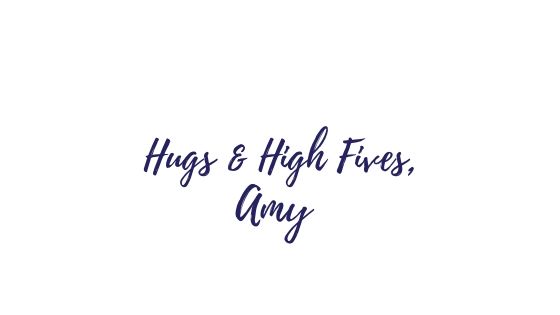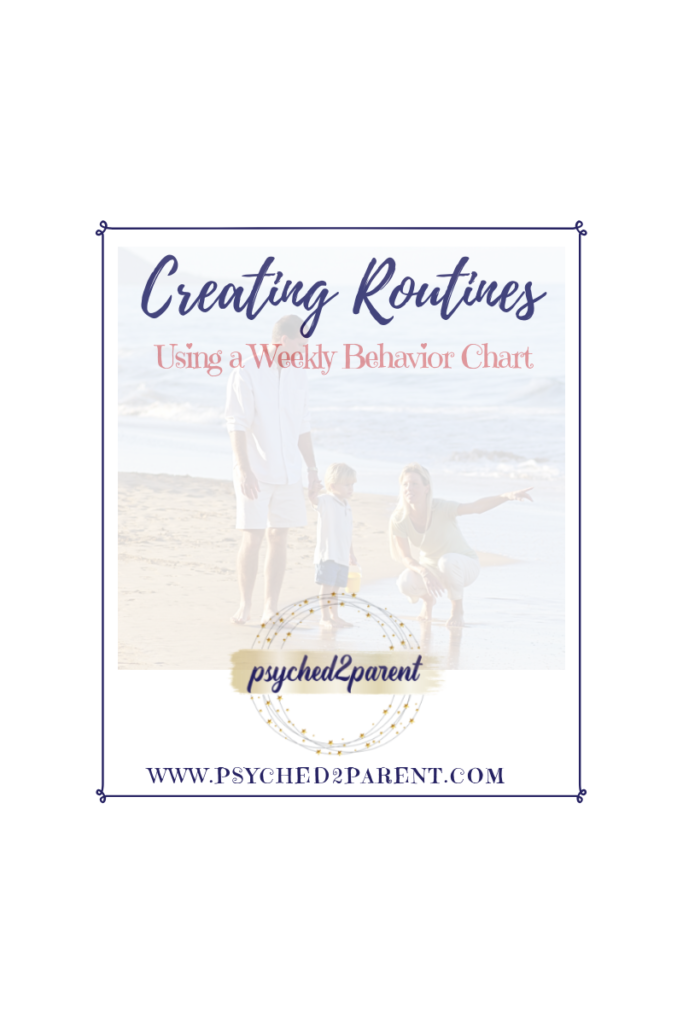
Weekly Behavior Charts
Weekly Behavior Charts are wonderful tools that parents and individuals that work with children can use to help with setting up a regular routine and rewarding good behavior with your kiddo(s). The goal here is to pick one routine that may be a challenge for you and focus on changing the child’s behavior and your behavior in accomplishing each task.
A Caveat
Do yourself a behavior a favor and pick one routine that you would like to work on with your child. It can be overwhelming to try and do a complete overhaul of your child’s behavior that you want to change. Trust me, I’ve learned from experience.
Things to Consider Before You Start Using a Behavior Chart
Consistency
Consistency is all about doing something over and over again. When we implement something with consistency, that means that we are going to do it on a daily basis, even if it is hard to carry out. This is why I suggest focusing on one routine at a time. You don’t want to overwhelm yourself or your child with lots of changes at one time.
SMART Goals
After we pick the routine, we want to set a smart goal (Specific, Measurable, Attainable, Realistic, and Time- bound) so that our child will be successful. We are not striving for 100% or perfect behavior each week. We want to leave room for our child to make a mistake and still be able to meet the overall weekly goal.
Materials Needed for a Behavior Chart
- You can sign-up for my mailing list for a free Behavior Chart that you can use right now!
- A printed copy of the behavior chart. (You can use the example in this document or create your own.)
- A page protector and dry erase marker if you would like to reuse the same behavior chart each week with your kiddo

Rewards
At the end of each week, you can provide some sort of “reward” for your child. It does not need to be something tangible, like a piece of candy or a new toy. Example of free/lost cost rewards: one-on-one time with a parent, stay up 20 minutes past bedtime, give praise for doing a good job for the week. For example, “Sweetheart, way to go on your chart this week. Look, you didn’t whine about going to bed 5 nights in a row. Mommy is proud of you!”
Directions
- Print off the behavior chart and put it in a place where you will see it and remember to complete it each day.
- Pick 1 routine that you would like to focus on and change. Break down the list of the five steps that are needed to do this routine.
- Set a goal for the week and go over the chart with your child. Let him/her know what each step is and what needs to be done to be successful. When having this conversation with your child, you want to let him/her know that this is his/her responsibility and he/she will be marking the chart each day.
- Use the chart each day to monitor progress for the routine. Display the chart in a prominent location where your child can see. Provide feedback to your child each day on the progress that is being made towards the goal.
- At the end of the week, go over the whole chart with your child. You can celebrate progress. Then, set a new goal for the following week.




